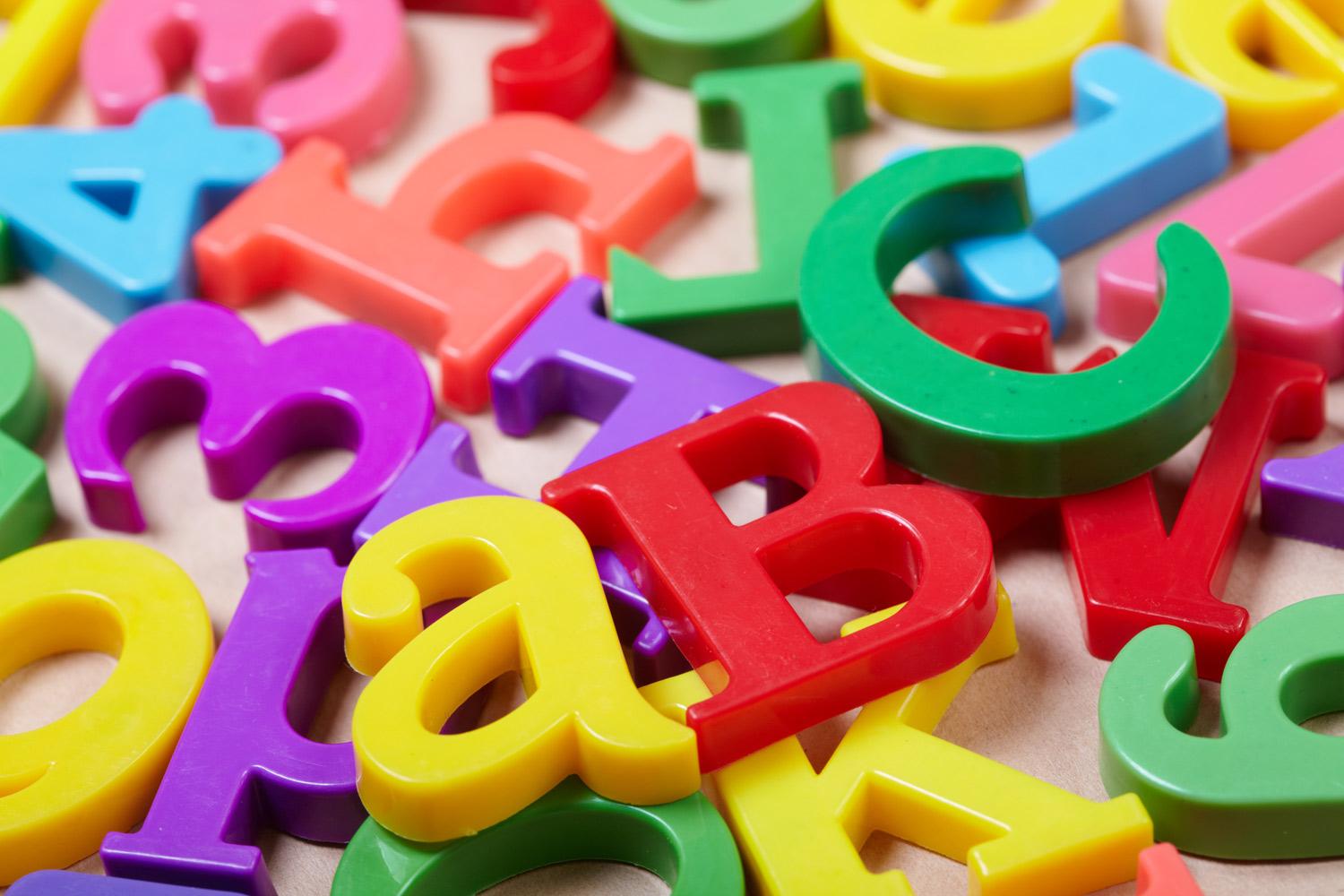
October is AAC Awareness Month!
Hello from Speech!
I hope everyone is off to a great start to this school year! There are many great things that happen in the month of October – did you know that October is also Augmentative and Alternative Communication (AAC) Awareness Month?! I feel truly lucky to be a part of such an inclusive school that honors all forms of communication. So, this is an important time to raise awareness and promote understanding of how we can continue to support our students who use AAC to communicate.
What is AAC?:
AAC encompasses all forms of communication (in addition to spoken language) that are used to express thoughts, feelings, needs, wants, and ideas. It includes a wide range of methods, from gestures and facial expressions to complex speech-generating devices. These systems are crucial for people who have difficulty using spoken language. Many of our students rely on AAC to communicate effectively, and it is important for us to be familiar with these tools to support them fully.
What are the Communication Bill of Rights?:
At the heart of supporting those who use AAC is the Communication Bill of Rights, a powerful document that outlines fundamental communication rights for all individuals. These rights ensure that every person, regardless of their ability, has the opportunity to communicate and participate in decisions about their life. Here is a list of the rights (attached below are also copies in English, Spanish, and Portuguese).
These rights emphasize that communication is not a privilege, but a human right. Through AAC, we ensure that everyone, regardless of ability, has the opportunity to connect, express, and thrive in a world that values their voice.
By supporting AAC users and advocating for the Communication Bill of Rights, we create a more inclusive world where everyone has the power to express themselves freely.
Types of AAC You Might See in Our School:
Unaided Communication: includes body language, gestures, and sign language
Low-tech AAC: picture boards, communication books, or printed communication cards
Mid-tech AAC: simple voice-output devices, like single message communication buttons or devices with limited prerecorded messages
High-tech AAC: speech-generating devices, tablets with communication apps (like TouchChat, Proloquo2go, GoTalkNOW, and TD Snap Core) or dedicated AAC devices with dynamic displays
How We Can Support Students Who Use AAC:
- Model Communication: One of the best ways we can support these students is by modeling language on their devices. This means using the device yourself during interactions. But don't worry! -- this can be as simple as modeling 1-2 words at a time (for example, if the student is going to lunch, you can model ‘go’ and/or ‘eat’).
Create Opportunities: Provide multiple opportunities throughout the day for students to use AAC, whether during lessons, social interactions, or daily routines.
Encourage All Forms of Communication: Validate and encourage ANY attempt to communicate – whether its a gesture, a vocalization, or the use of AAC. It is important to remember that the overall goal of communication is connection, not necessarily accuracy. If you don’t fully understand a child’s message, it’s okay! You can try repeating back what you heard or use prompts like, “That’s interesting…tell me more” or “Can you show me?”. These responses help keep the communication going, showing the child that their efforts are valued.
Storybook Recommendations Featuring AAC:
Integrating books that feature characters who use AAC is a wonderful way to foster understanding and inclusion among all students. Here is a link with some stories to consider: https://thespeechroomnews.com/2023/05/picture-books-that-feature-aac-users.html
Examples of How AAC Can Be Modeled:
Story Spotlight: Abbey's Journey
Though not directly related to AAC, I wanted to share a video featuring Abbey from Love on the Spectrum, where she reflects on her experience with autism and the challenges she faced in expressing her thoughts and forming connections to others.
Abbey's communication looked different on the surface -- she often used scripting to interact with others. However, when those around her accepted and embraced her unique communication style, Abbey was able to express herself more fully and authentically. This underscores the importance of acceptance in communication, no matter the method.
While watching her story, I couldn't help but think how AAC could have perhaps been a valuable tool to support her in navigating those challenges (especially in her early education). AAC is not just about providing a way to communicate; it's about fostering inclusion and connecting, ensuring that individuals who struggle with verbal communication have the opportunity to fully participate in their social and educational environments.
Closing Thoughts:
By raising awareness of AAC and encouraging its use in various settings, we can continue to help all of our students become more successful communicators. if you'd like more information about specific AAC strategies or would like to try out some modeling techniques, please feel free to reach out!
Thank you for your continued support in fostering a communication environment where every voice can be heard!
Warmly,
Theresa Wierman, MS, CCC-SLP
Speech-Language Pathologist





